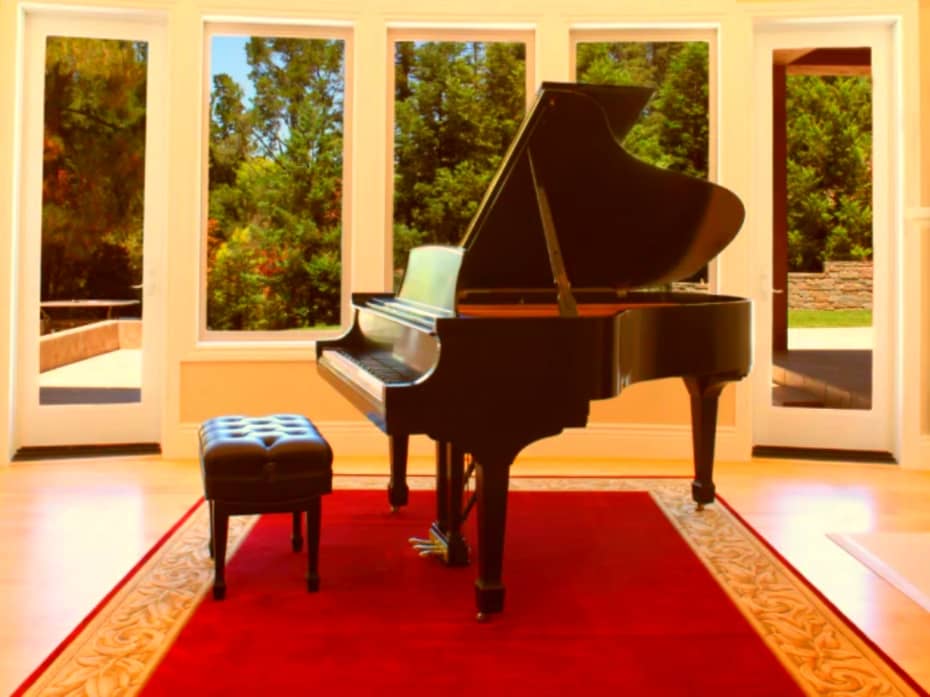
Moving a piano can be a challenging and delicate task, requiring careful planning and execution. Whether you’re relocating to a new home or transporting a piano within the UK, ensuring its safety during the move is crucial. In this blog post, we will provide essential tips and guidelines to help UK residents move their pianos safely and protect these valuable musical instruments from damage. By following these recommendations, you can have a successful and stress-free piano relocation experience.
Hire Professional Piano Movers
When it comes to moving pianos, it is highly recommended to hire professional piano movers. These specialists possess the expertise, equipment, and experience necessary to handle pianos safely. Research and choose a reputable piano moving company in your area. Check their credentials, reviews, and insurance coverage. Professional movers understand the intricate nature of pianos and employ techniques to secure and protect them during the relocation process. Their expertise ensures that your piano is handled with utmost care and reaches its destination in pristine condition.
Measure Doorways and Pathways
Before moving your piano, measure all doorways, hallways, and staircases along the intended path. Pianos are large and heavy instruments, and navigating through tight spaces can be challenging. Ensure that there is sufficient clearance and plan alternative routes if necessary. Remove any obstacles or furniture that may hinder the smooth movement of the piano. Measuring and preparing the pathway in advance will help prevent any potential damage to the piano or your property.
Protect the Piano
Prior to the move, it is essential to protect the piano adequately. Begin by removing any loose or detachable parts, such as music stands or pedals, and pack them separately. Cover the piano with thick blankets or specialized piano covers to protect it from scratches and dust. Secure the blankets with strong tape or cords. Avoid using plastic wraps, as they can trap moisture and damage the piano’s finish. Protecting the piano’s delicate surfaces is crucial for its safety during transportation.
Use Proper Equipment and Techniques
Moving a piano requires specific equipment and techniques to ensure safe handling. Professional piano movers utilize specialized dollies, straps, and padding to secure the instrument. If you decide to move the piano yourself, ensure you have the necessary equipment. Enlist the help of strong individuals to assist in lifting and carrying the piano, distributing the weight evenly. Avoid tilting the piano excessively, as it can strain the internal structure. Use caution when navigating stairs or uneven surfaces, taking it slow and steady. Following proper lifting and carrying techniques minimizes the risk of injuries and damage to the piano.
Consider Climate and Temperature
Pianos are sensitive to changes in temperature and humidity. Extreme variations can cause the wood to warp or the piano’s mechanism to malfunction. During the move, ensure that the piano is not exposed to extreme heat, cold, or moisture. If possible, maintain a stable temperature and humidity level in the moving vehicle. Avoid placing the piano near heating vents or in direct sunlight. By considering the climate and temperature conditions, you can protect the piano from potential damage.
Moving a piano requires careful planning, attention to detail, and adherence to specific guidelines. By hiring professional piano movers, taking accurate measurements, protecting the instrument, using proper equipment and techniques, and considering climate conditions, you can ensure a safe and successful piano relocation in the UK. Safeguarding your valuable piano will preserve its beauty and quality for years to come.




